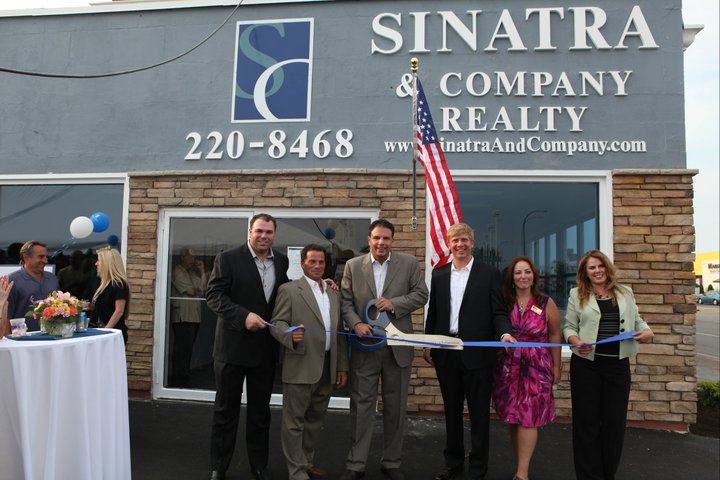
Supporting Our Local Businesses During the COVID-19 Crisis
May 6, 2020
A Small Lead in a Sea of Change: Sitting Down with Sinatra & Co. Founder, Nick Sinatra
July 21, 2020Located in the heart of Buffalo’s Landmark Theater District, the Spaulding Building has been a staple of the community for over a century. Named after E.G. Spaulding, a Buffalo politician who served in Congress during the Civil War, it is perhaps most famous for its beautiful, early 20th-century terra-cotta designs. The Spaulding Building is just one of the many architecturally stunning works that Buffalo features, and it is one that we at Sinatra & Company are proud to call our own.
Most people from Buffalo are familiar with the name “Spaulding.” Many fixtures of our community feature this name, including Spaulding Lake, Spaulding Street, the Spaulding Quadrangle, and, of course, the Spaulding Building. They’re all named after one man: Elbridge Gerry Spaulding.
Born in 1809 in Summer Hill, New York, he moved to Buffalo in 1834 in order to become a law clerk at the firm of Potter & Babcock. It didn’t take long for the young Spaulding to make his mark on the city. By 1836 he was appointed City Clerk, and in 1847 he was elected Mayor of the City of Buffalo.
From 1849 to 1851 he served as a representative for New York’s 32nd congressional district (this district was eliminated in 1990 and was incorporated into the 29th district) and then served again from 1859 to 1863 as an abolitionist Republican.
It was during his second tenure in the U.S. House of Representatives that he drafted the Legal Tender Act, which many historians argue helped to save the Union economy during the war.
The Origins of the Spaulding Building
As Spaulding was creating a successful life for himself and his family in Buffalo, he also began to acquire many properties around the area. One of those properties was the Hollister Mansion, located at 775 Main Street, which would be the main residence for Spaulding and his wife Delia. The couple and their children lived there until Spaulding’s death in 1897 when, as per Spaulding’s request in his will, the mansion was torn down.
However, the actual property was still owned by Spaulding’s heirs, specifically his daughter Charlotte and her husband Franklin Sidway, as well as his son Edward Rich Spaulding. It was in 1906, then, that his children constructed both the Sidway Building and the Spaulding Building on that very site.
A Terra-Cotta Wonder
On the surface, the Spaulding Building looks like your typical, early 20th century Buffalo building. However, if you look a little closer, you’ll notice that the structure is built almost exclusively out of terra-cotta, a hard, ceramic clay that has been used in pottery and buildings since Ancient Mesopotamia.
The material was especially popular from the 1880s to the 1930s as it was an inexpensive way to achieve those ornate, Beaux Arts style that this era was known for.
The Beaux Arts Style
Walking along the outside of the Spaulding Building, one might notice the floral and leaf-and-dart motifs stretching up and down the outer walls, curling around the Ionic columns on either side of the entrance.
These intricate, terra-cotta designs are strictly from the Chicago School, also known as the Beaux Arts style. Popular during the late 19th and early 20th centuries, this school used glazed architectural terra-cotta for walls, floors, and detailing. The roofs were flat and low, and the buildings featured symmetrical facades with Ionic or Corinthian columns, in addition to intricate, ornamental details such as garlands, cartouches, and other floral patterns.
Studying the Spaulding Building, it is obvious that the original architects (McCreary, Wood & Bradney) drew their inspiration from this school of architectural design.
For the past century, the Spaulding Building has remained largely as it did back in 1906. While some parts have changed (the windows were replaced and some of the original railings are missing), it is still a beautiful piece of Buffalo history.
To learn more about the Spaulding Building or any of our other properties, or to inquire about renting the space for commercial use, contact Sinatra & Company today.



